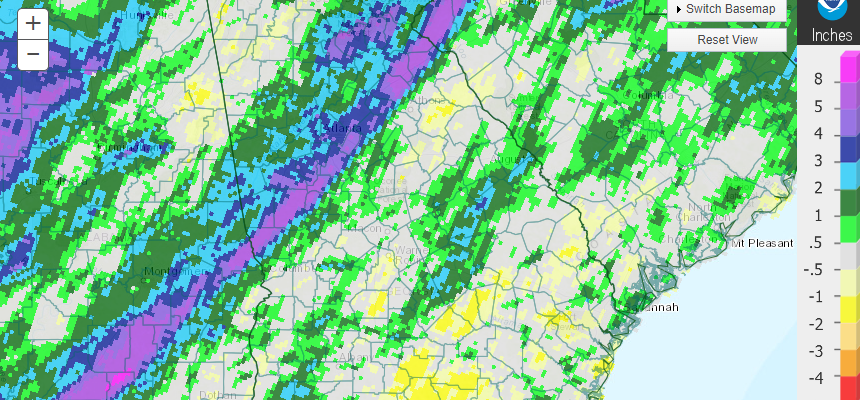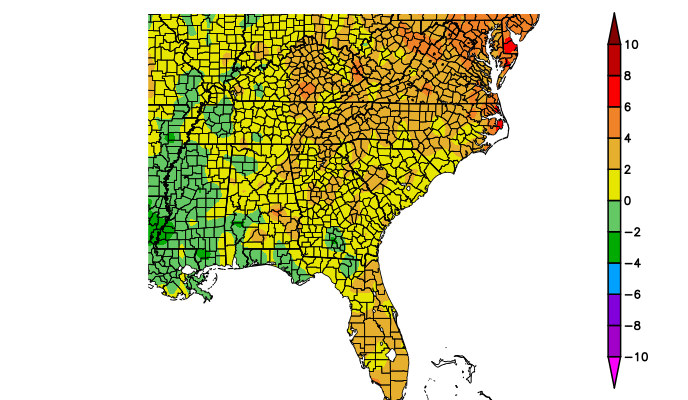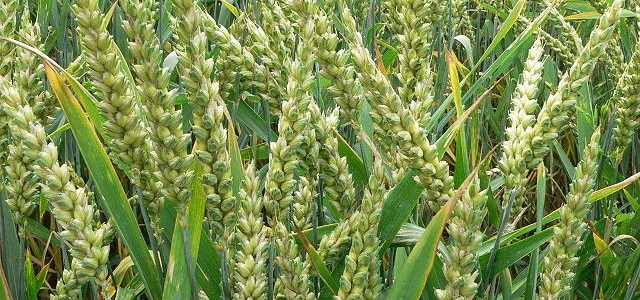Pam Knox
-

The latest monthly climate summary for North Carolina is now available from the State Climate Office. You can read it at https://climate.ncsu.edu/climateblog?id=283&h=5666e5c1.
Posted in: Climate summaries -

After a cool March, the heat returned to Georgia in April 2019, with most of the state experiencing temperatures that were 2 to 3 degrees F above normal. Rainfall was variable across the state, with dry conditions across the southeastern part of the state and a streak of wet conditions stretching from north of Columbus…
Posted in: Climate summaries -

The latest outlook for May 2019 shows that the entire Southeast has a high probability of being above normal in temperature, with a percentage of more than 50% chance of above normal, 33 % chance of near normal, and just 16 % chance of cooler than normal temperatures for the month. Precipitation along the East…
Posted in: Climate outlooks -

You can find the latest monthly climate summary for Florida at https://climatecenter.fsu.edu/products-services/summaries?view=article&id=537. If you wonder why I never post monthly climate summaries for South Carolina, it is because they do weekly climate summaries instead. You can view those at https://www.dnr.sc.gov/climate/sco/ClimateData/cli_reports_2019.php.
Posted in: Climate summaries -

Even though the tropical season in the Atlantic Basin is still a month away, the National Hurricane Center issued their first outlook of the year today for a wave which has a 20% chance of developing into a tropical storm over southern Florida in the next five days. Even though this is not likely to…
-

With just a couple of days left in the month, April 2019 is turning out to be warmer than normal in most of the region, with just a few areas in Alabama and Georgia experiencing cooler than normal conditions. Rainfall across the region has been variable, with the largest streak of rain falling in a…
Posted in: Climate summaries -

While a lot of the Southeast has been quite dry in the last few weeks, North Carolina has been fighting wet conditions. This has caused problems for wheat farmers, who are seeing problems with pests like mites and fusarium wilt. Farmers there will need to monitor their crops carefully so they can head off worse…